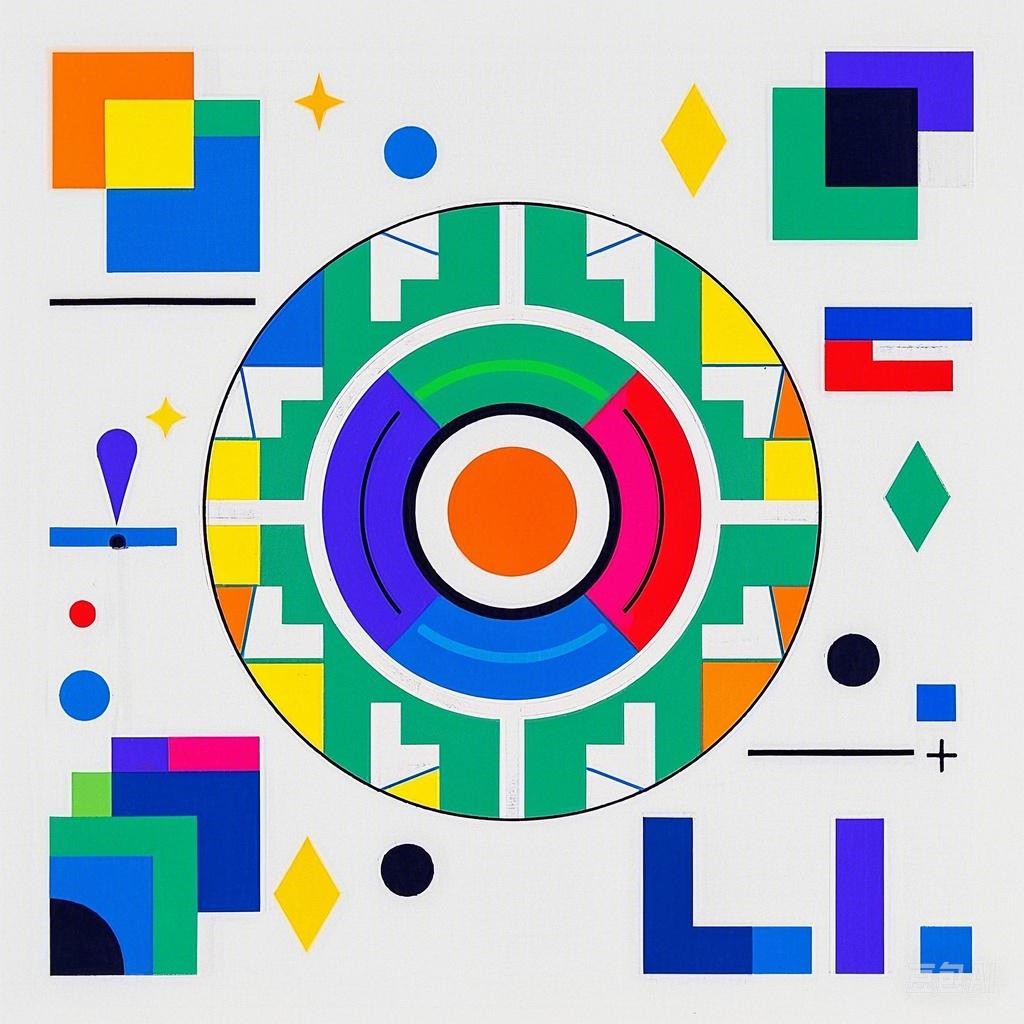Introduction
Metro icons, often found in public transportation systems, serve as a visual language that helps users navigate through cities with ease. These icons are designed to be universally understood, yet their creation involves a complex process that takes into account cultural nuances, design principles, and practical considerations. This article delves into the secrets behind metro icons, exploring their origins, design elements, and the challenges faced by designers in creating these essential symbols.
Origins of Metro Icons
Early Beginnings
The use of icons in public transportation can be traced back to the early 20th century. The first known example of metro icons is the “Paris Metro Map,” created by Charles Jaffin in 1900. This map featured simple, stylized icons to represent different stations and types of transport.
Evolution
Over time, metro icons have evolved to become more sophisticated and diverse. The modern metro system, with its extensive network of lines, stations, and connections, requires a comprehensive set of icons to ensure clarity and efficiency.
Design Principles
Simplicity
One of the key principles in metro icon design is simplicity. Icons should be easy to recognize and understand at a glance, without the need for complex details or explanations.
Consistency
Consistency is crucial in metro icon design. Icons should follow a consistent style and format, making it easier for users to recognize and remember them.
Cultural Sensitivity
Designers must consider cultural nuances when creating metro icons. Icons that work well in one culture may not be universally understood in another.
Clarity
Icons should be clear and unambiguous, with no room for interpretation. This is especially important in situations where users may be in a hurry or have limited time to process information.
Elements of Metro Icons
Shape
The shape of a metro icon is often the most distinctive feature. It should be easily recognizable and memorable, while also being versatile enough to represent a wide range of objects and concepts.
Color
Color plays a significant role in metro icon design, helping to differentiate between different types of transport, lines, and stations. However, color should be used sparingly to avoid overwhelming the user.
Line Weight
Line weight is another important element in metro icon design. Thicker lines can convey importance or emphasis, while thinner lines can be used for secondary information.
Challenges in Designing Metro Icons
Complexity of Systems
The complexity of modern metro systems presents a significant challenge for designers. They must create icons that can represent a vast array of stations, lines, and connections, all while maintaining simplicity and clarity.
Limited Space
Metro icons are often displayed in small spaces, such as on maps, signs, and apps. Designers must ensure that their icons are easily legible and recognizable in these constrained environments.
Multilingual Support
Many metro systems operate in multilingual environments, requiring icons to be easily understood by users from various linguistic backgrounds.
Case Studies
Tokyo Metro
The Tokyo Metro system features a unique set of icons that are highly stylized and modern. These icons are designed to be easily recognizable and memorable, even in the bustling environment of Tokyo.
London Tube
The London Tube uses a more traditional style of metro icons, with simple shapes and bold colors. These icons are well-known and widely recognized, making them an effective tool for navigation.
New York City Subway
The New York City Subway features a set of iconic icons that have been in use since the 1970s. These icons are simple, geometric shapes that are easily recognizable and have stood the test of time.
Conclusion
Metro icons are an essential part of public transportation systems, providing users with a universal language for navigating cities. The design of these icons involves a complex process that takes into account simplicity, consistency, cultural sensitivity, and clarity. Despite the challenges faced by designers, metro icons continue to evolve and improve, making it easier for users to navigate the complex networks of modern cities.
